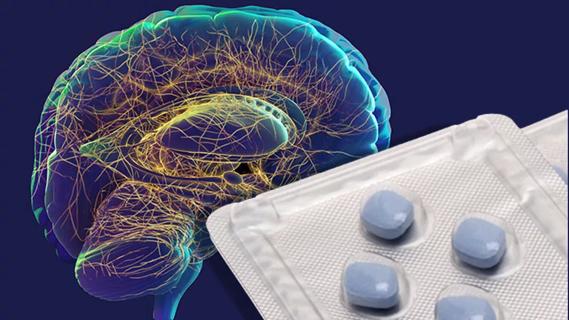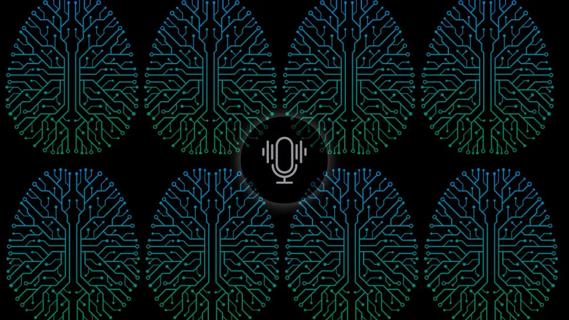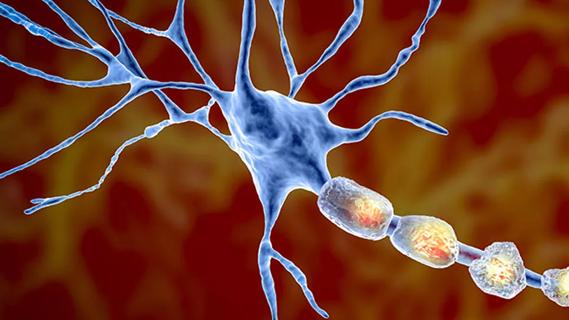Physicians caring for patients with rhinitis should be cognizant of association with depression

In patients with nonallergic rhinitis, the risk of developing depression increased twofold compared to those without rhinitis, according to a recent study published in The Journal of Allergy and Clinical Immunology: In Practice. Without distinguishing between allergic and nonallergic rhinitis, rhinitis increased an individual’s odds of developing depression by 42%.
Advertisement
Cleveland Clinic is a non-profit academic medical center. Advertising on our site helps support our mission. We do not endorse non-Cleveland Clinic products or services. Policy
More than 17 million adults in the United States experienced at least one depressive episode in 2017, marked by a depressed mood and or loss of interest or pleasure in daily activities, and often leading to issues with sleep, eating, energy, concentration or self-worth.
There are approximately 60 million people in the United States living with allergic rhinitis, and 20 million people living with nonallergic rhinitis. Rhinitis can have a profound impact on the quality of life and productivity of patients. In patients also experiencing the impairments associated with depression, the impact on patients’ quality of life and relationships can be severe.
“There has been increasing evidence suggesting an association between depression and allergic and nonallergic disorders, but there was a dearth of evidence,” says Raj Sindwani, MD, Vice Chair for Cleveland Clinic’s Head and Neck Institute and Section Head of Rhinology. “To our knowledge, this is the first study assessing the association between allergic rhinitis, nonallergic rhinitis and depression in the U.S. population. We found that rhinitis is indeed significantly associated with depression in U.S. adults, but unexpectedly, patients with nonallergic rhinitis may be at a higher risk of depression than those with allergic rhinitis. We were quite surprised to uncover this relationship.”
Cleveland Clinic researchers analyzed data from a broad sample (n = 4,320) of people participating in the 2005-2006 National Health and Nutrition Examination Survey. For purposes of this study, rhinitis included self-reported symptoms of hay fever and/or nasal symptoms in the last 12 months. Rhinitis was classified as allergic rhinitis if participants objectively had a positive serum IgE, a unique strength of this large, population based study. Participants reporting rhinitis symptoms without a positive serum IgE to an aeroallergen were considered to have nonallergic rhinitis. Individuals were considered to have depression when they scored 10 or more on the Patient Health Questionnaire-9 (PHQ-9).
Advertisement
Subjects with rhinitis (n = 1,447) were more likely to be female (54.8% vs. 49.7%) and of poorer health than those without rhinitis (n = 2,873). Specifically, those with rhinitis were more likely to have asthma (21.8% vs 9.5%), chronic bronchitis (9.9% vs. 4.8%) and emphysema (3.2% vs 0.9%), as well as a depression score of more than 10 (7.0% vs 4.6%). In terms of severity of depression, subjects with rhinitis were 42% more likely to have depression scores ≥10 than those without rhinitis.
When the data were stratified by rhinitis type, those with nonallergic rhinitis (n = 692) were more likely to be female (61.7% vs 48.2%) and less likely to have asthma (15.4% vs 29.1%) than those with allergic rhinitis. Participants with nonallergic rhinitis were twice as likely to have depression compared to those with allergic rhinitis (n = 699), as indicated by a depression screener score of ≥10. Additionally, patients with nonallergic rhinitis were 64% more likely to have mild depression and were 2.4 times more likely to have moderate depression. The association between nonallergic rhinitis and depression was significant even when controlling for potentially confounding comorbidities.
“There are several potential factors that contribute to the increased risk of developing depression among patients with nonallergic rhinitis compared to those with allergic rhinitis,” explains Christopher Roxbury, MD, a rhinologist with Cleveland Clinic’s Head & Neck Institute. “These patients suffer from symptoms like nasal obstruction and rhinorrhea all year long, and their symptoms may be less responsive to treatment. While future studies might look at the relationship between duration or severity of symptoms and depression in patients with nonallergic rhinitis, physicians should consider depression in patients with longstanding nasal symptoms.”
Advertisement
Advertisement

Testing options and therapies are expanding for this poorly understood sleep disorder

Real-world claims data and tissue culture studies set the stage for randomized clinical testing

Digital subtraction angiography remains central to assessment of ‘benign’ PMSAH

Cleveland Clinic neuromuscular specialist shares insights on AI in his field and beyond

Findings challenge dogma that microglia are exclusively destructive regardless of location in brain

Neurology is especially well positioned for opportunities to enhance clinical care and medical training

New review distills insights from studies over the past decade

Guidance from an expert on distinguishing — and co-managing — the disorders